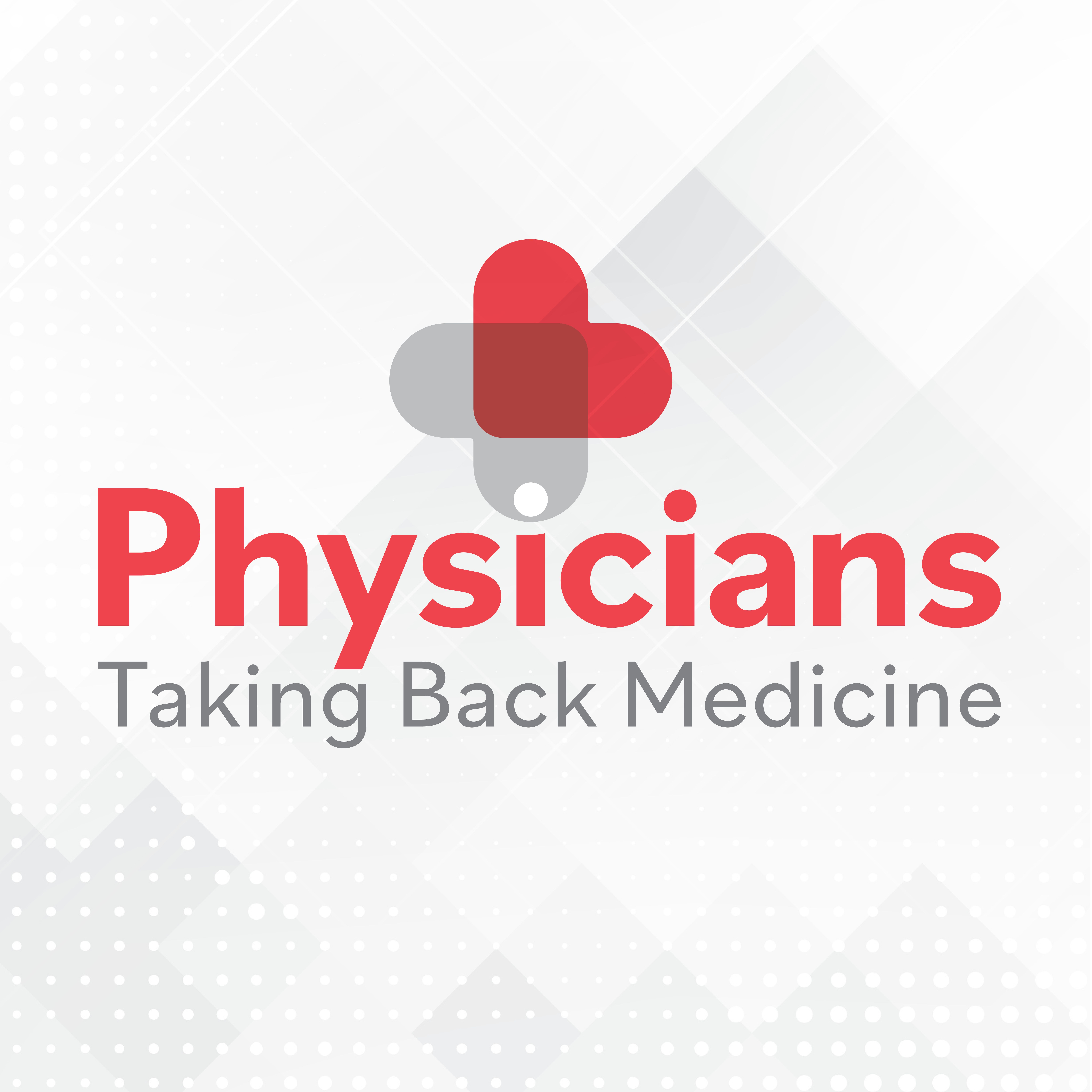News
Article
Business group sounds the alarm on historic surge in health care costs for 2025
Author(s):
Key Takeaways
- Employers face historic health care cost growth, prompting new strategies like direct contracting and value-based care to manage expenses and maintain quality.
- Rising pharmacy costs, driven by specialty medications, lead employers to reassess pharmacy benefit managers and explore biosimilars for cost savings.
Employers face tough decisions on health care coverage as costs continue to rise.
Health care costs are a major trend to watch in 2025: ©Toowongsa - stock.adobe.com

The Business Group on Health has identified health care costs as a major trend employers will need to navigate in 2025. With the cost of care growing at historic rates, businesses are preparing for a year of challenging decisions to manage expenses while maintaining quality care for their employees. Many of these changes could affect primary care physicians and their patients.
“A multitude of factors shape these 2025 trends, including the economy, technology, innovation, the political environment, and the evolving role of employers in the broader health and well-being landscape,” said Ellen Kelsay, president and CEO of the Business Group on Health, in a statement. “As employers head into the new year, they face formidable challenges stemming from climbing health care costs, which are putting pressure on how employers manage their overall health and well-being programs.”
The 2025 Trends to Watch, outlined by the largest non-profit organization representing employer interests in health and workforce strategies, highlight the complexities businesses will encounter in addressing cost growth, mental health challenges, and an evolving relationship with vendors and health care partners. Here are the organization’s key findings:
Historic health care cost growth forces change
For the first time in over a decade, employers are bracing for health care cost increases that are growing at rates not seen in years. Many businesses reported higher-than-expected expenses in 2023, with projections for 2024 and 2025 signaling even sharper growth. This cost trajectory has forced many organizations to reconsider long-standing partnerships and explore new strategies for cost management.
Employers are expected to respond with increased request-for-proposal activity, seeking greater transparency and accountability from vendor partners. These efforts will likely disrupt current arrangements but are designed to improve long-term outcomes, including patient experience, affordability, and quality of care. Businesses will also explore alternative approaches, such as direct contracting with centers of excellence and steering employees toward high-value providers.
The focus on cost control will also extend to innovative care delivery models, such as value-based care, advanced primary care programs, and chronic disease management initiatives that promise measurable impacts. Investments in these areas are seen as critical to addressing the dual challenges of rising costs and increasing demand for high-quality care.
Tackling pharmacy costs: a growing challenge
Pharmacy-related costs now consume more than 25% of employers’ U.S. health care budgets and show no signs of abating. These rising expenses are driven by specialty medications, including costly GLP-1 drugs for weight management and cardiometabolic health. Employers are reassessing their pharmacy benefit managers and coverage policies to manage these expenditures effectively.
One-third of employers plan to take a closer look at their PBMs in 2025, focusing on cost transparency and performance metrics. Additionally, the growing availability of biosimilars presents an opportunity for significant savings. Employers are expected to increase their use of these lower-cost alternatives to brand-name specialty drugs, further leveraging private-sector innovations and engaging policymakers to address systemic cost drivers.
Employers are also poised to reassess their well-being initiatives, with a focus on ensuring these programs deliver measurable value. As chronic conditions such as obesity, diabetes, and musculoskeletal disorders continue to drive costs, businesses are scrutinizing the effectiveness of traditional programs and exploring more integrated approaches that bridge behavior change efforts with broader health care benefits.
Weight-management programs are expected to come under particular scrutiny due to the rising use of GLP-1 drugs. To succeed, these initiatives will need to incorporate best practices, outcome-based vendor contracts, and a focus on tangible clinical and financial results.
Mental health support remains a priority
Mental health has become a top-five driver of employer health care costs, but progress in reducing stigma and expanding access has been significant. Many employers now offer mental health services integrated into primary care, onsite programs, and virtual care options. However, challenges remain, particularly in areas such as child and adolescent mental health, maternal mental health, loneliness, and suicide prevention.
In 2025, employers will continue to focus on holistic approaches to mental health, integrating workplace policies and cultural practices to support employee well-being. Addressing global workforce needs and ensuring access to appropriate care across geographies will also be critical priorities.
Improving access and awareness of specialty care solutions
Novel specialty health solutions have become an important part of employee benefit plans, targeting conditions such as diabetes, autoimmune disorders, and digestive health. However, many employees remain unaware of these programs, and accessing them within health plan networks can be challenging. Employers are pushing health plans and vendors to improve communication and streamline the integration of these services into broader benefit offerings.
By improving awareness and access, employers hope to maximize the value of these specialty solutions, which are often highly effective but underutilized.
Demanding greater vendor accountability
In 2025, employers will take a more assertive approach to holding their vendor partners accountable. Data on cost transparency, quality, and outcomes will be essential for informed decision-making, and businesses are expected to demand higher standards from their health plans, pharmacy partners, and specialty solution providers.
Employers are also exploring innovative models, such as copayment-based designs and direct contracting with high-value providers, to ensure affordability and improve care delivery. Streamlining vendor partnerships and eliminating underperforming programs will also help employers focus on strategies that deliver real value.
Despite the challenges, employers remain critical change agents in the health care system, according to the report. Their efforts to advance value-based care, transparency, innovation, and health equity have already led to significant improvements. As 2025 unfolds, employers will continue to drive collaboration among stakeholders to address cost challenges and deliver high-quality care for employees and their families.
“Employers have a strong track record of making the difficult decisions required to meet the diverse needs of employees and their families,” Kelsay said. “In the end, they will lead the charge to bring affordable, high-quality health care to workforces worldwide.”





